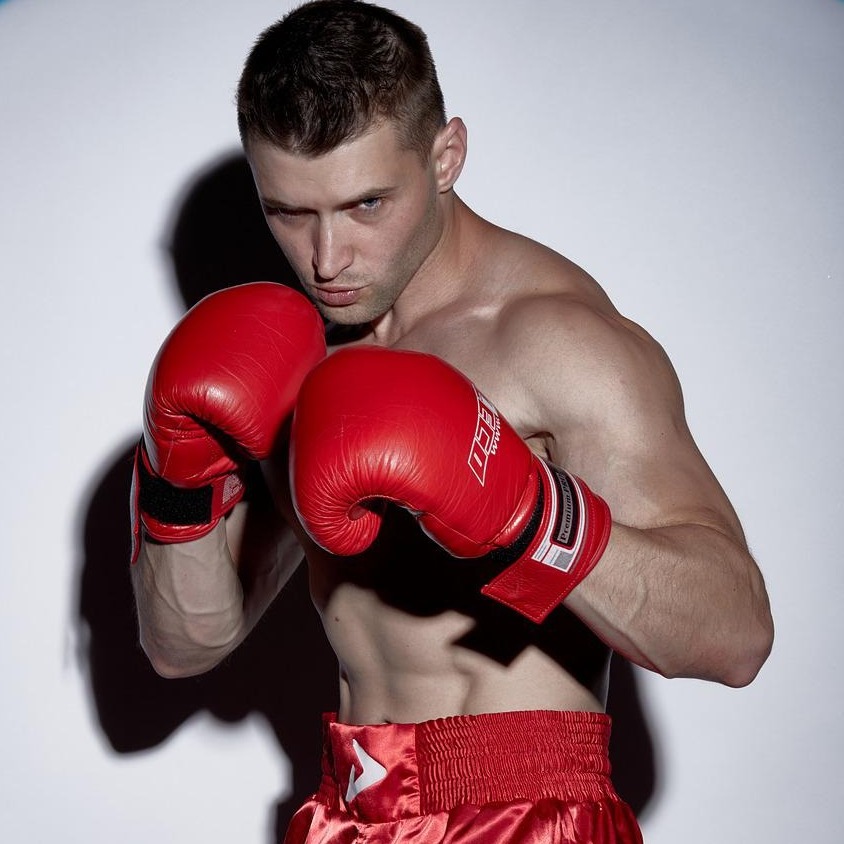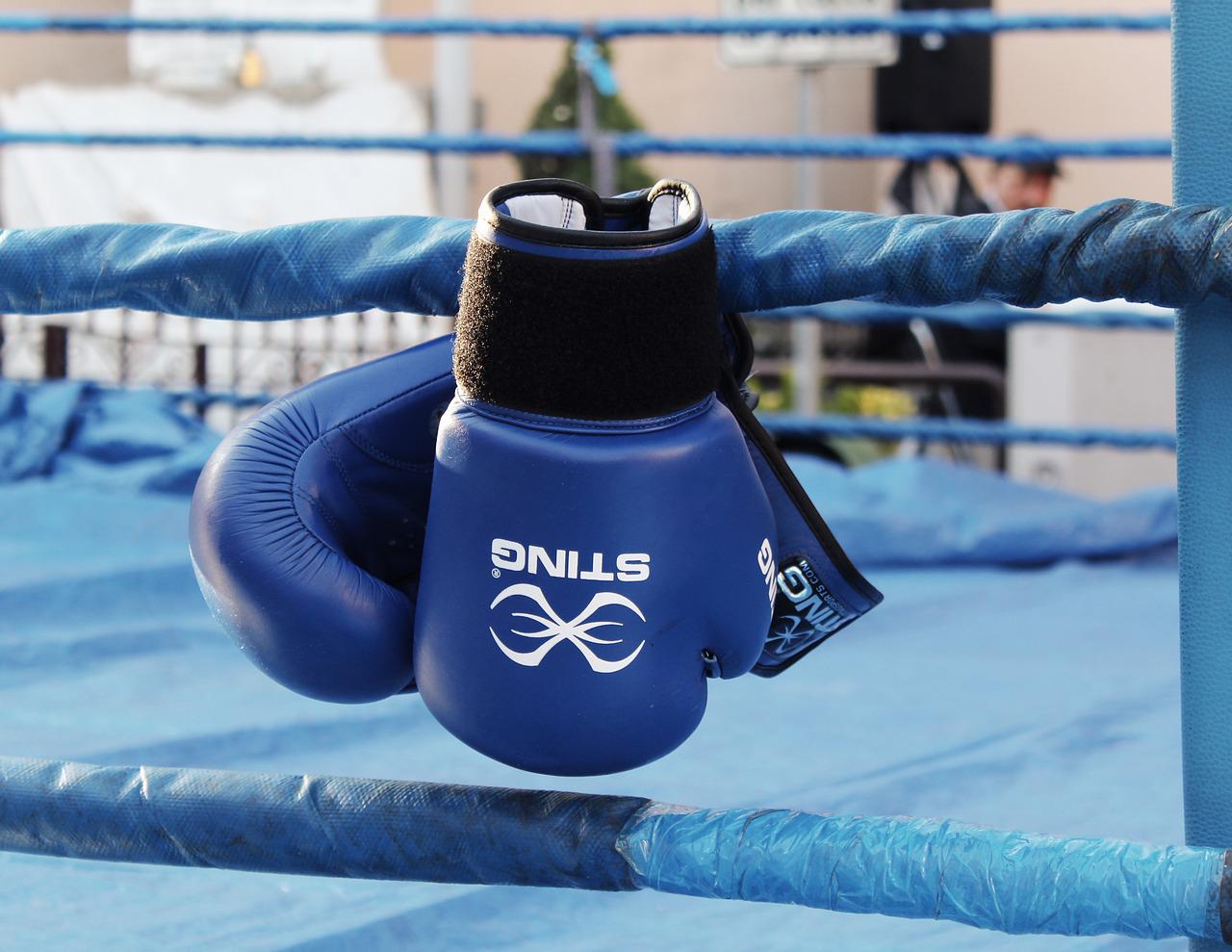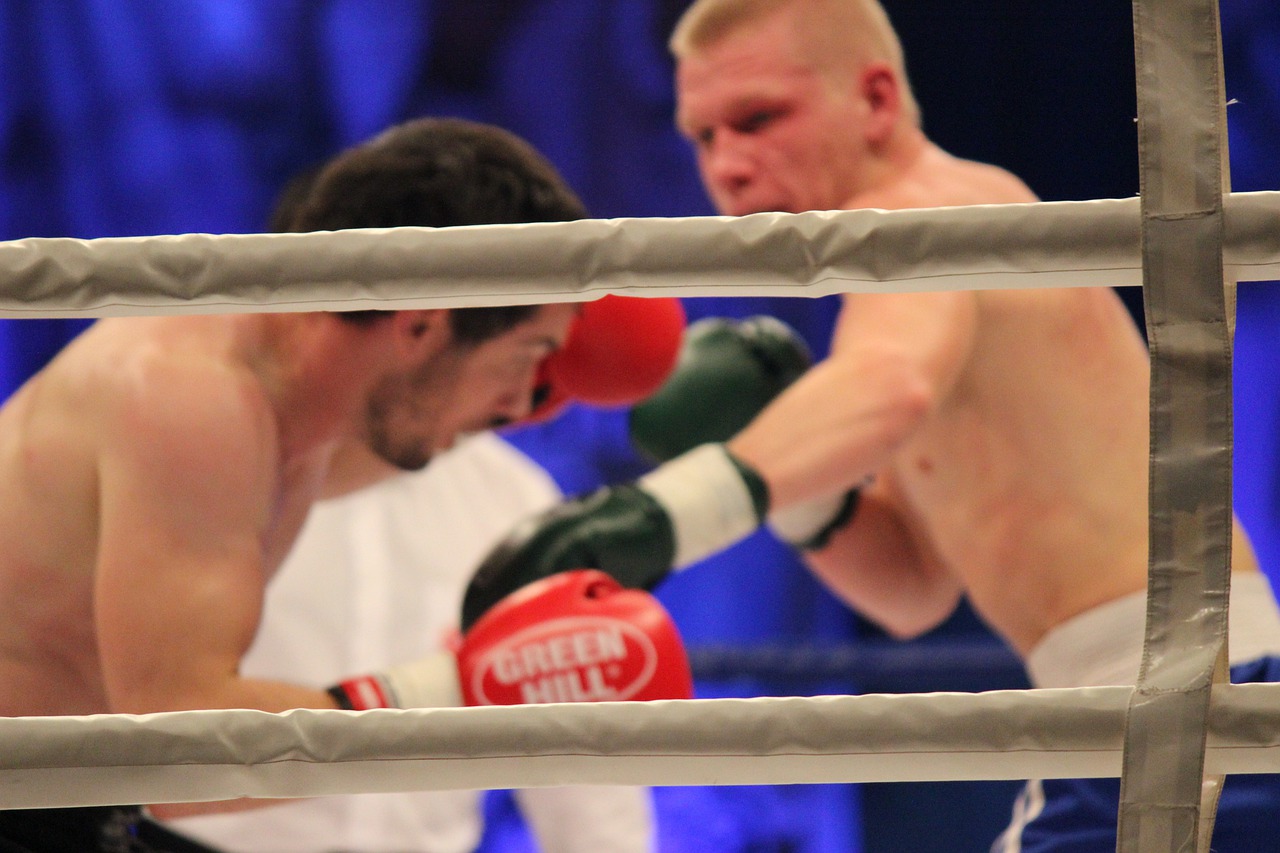
Boxing is an excellent sport to get into if you're looking to enhance your physical fitness. If you'd like to get started and aren't sure where to start, take a look at our quick guide to boxing.
Boxing Facts
Boxing is described as battling with the fists. The rules consist of making use of boxing gloves and limits legal blows that strike above the waist, on the front or sides of the challenger.
Organized amateur boxing as we understand it came about in the late nineteenth century when the 8th Marquis of Queensberry designed a brand-new set of rules.

At the first contemporary Olympic Games in 1896 boxing was part of in the program of events, but picked up at the 1904 Olympic Games and has appeared in every Olympics since 1920.
A number of professional boxing champs first made their names at the Olympics, consisting of Muhammad Ali (then Cassius Clay), Joe Frazier, George Foreman, Sugar Ray Leonard, Lennox Lewis and Audley Harrison.
The Boxing RingA boxing ring should be no higher than 6.1 m (66ft) squared and it has 4 corner posts. 2 are white with the others red and blue, which are diagonal from each other. These are the individual fighters 'corners' to which they retreat in between rounds to be repaired and offered tactical suggestions from their trainers.
FightersBoxers wear leather, cushioned gloves with each glove weighing 283g (10oz). These will often have a white strip to mark the primary striking area.

They are allowed to wear bandages underneath the gloves to prevent bones from being damaged when competing.
Rivals often use red or blue vests to show their 'corner'. They likewise usually have head guards and gumshields, to secure their head and teeth, and a groin protector to accomodate for any possible foul play.
The CompetitionIn amateur boxing, competitors generally take part in a single-elimination competition with no seeding. Boxers who lose in the semi-final both immediately get bronze medals, with the finalists fighting it out for the silver and gold.
Bouts consist of four 2-minute rounds, with a 1-minute break between rounds, although at the Rio Olympics this was changed to 3 three-minute rounds for males, however the exact same four two-minute rounds for ladies. Professional fighters were also allowed for the very first time to complete versus novices at the Games in Rio.

Scoring in Olympic Boxing
The scoring system for Olympic boxing changed at Rio 2016 when there was a move to utilizing the "10-point need to" scoring system from professional boxing, instead of the standard count of clean landed punches used in amateur boxing.
The "10-point must" system deals with the basis of awarding the winner of each round, 10 points based on requirements consisting of reliable hostility, ring generalship, cleanly landed punches and defensive skill. The loser of the round receives 9 points, although on events they can get an 8 if they are thoroughly controlled or knocked down. On unusual occasions, rounds can be scored 10-10 for a draw and even 10-7 for a round with multiple knockdowns.
Points deductions for fouls (such as a low blow, excessive holding, or bunny punching) are applied after the preliminary scoring, making a 9-9 round a possibility.

Judges' scorecards are handed in after each round, so there is no live rating throughout the bout like there used to be under the old clean punch tally scoring system.
Boxing bouts at the Olympics are managed by a referee and, if a fighter is legitimately knocked down, the referee begins to count to 10. If the boxer fails to get up and resume the contest within the time limit, then the contest is over. Along with this, if the fighter does get up, the referee can still insist on a necessary count of 8 to make sure the fighter is fit to continue. The referee (or the ringside physician) can choose if a fighter is unfit to continue and for that reason stop the contest.
Requirements For FightersAll fighters must pass a medical checkup and must have reached their target weight for the category.

The 12 Olympic weight divisions, with the optimum weight allowed are:
- Light flyweight-- 48kg (106lb).
- Flyweight-- 51kg (112lb).
- Bantamweight-- 54kg (119lb).
- Featherweight-- 57kg (126lb).
- Light-weight-- 60kg (133lb).
- Light welterweight-- 63.5 kg (140lb).
- Welterweight-- 67kg (148lb).
- Light middleweight-- 71kg (157lb).
- Middleweight-- 75kg (166lb).
- Light heavyweight-- 81kg (179lb).
- Heavyweight-- 91kg (201lb).
- Super heavyweight-- 91kg+ (201lb+).
Whether you like the idea of sparring or not, boxing is an excellent exercise which affects a number of key areas. A boxing exercise develops upper body muscles and arm strength, increases dexterity (fighters need to be fast on their feet), enhances balance and versatility and reinforces leg muscles.
 Add Row
Add Row  Add
Add 

Write A Comment